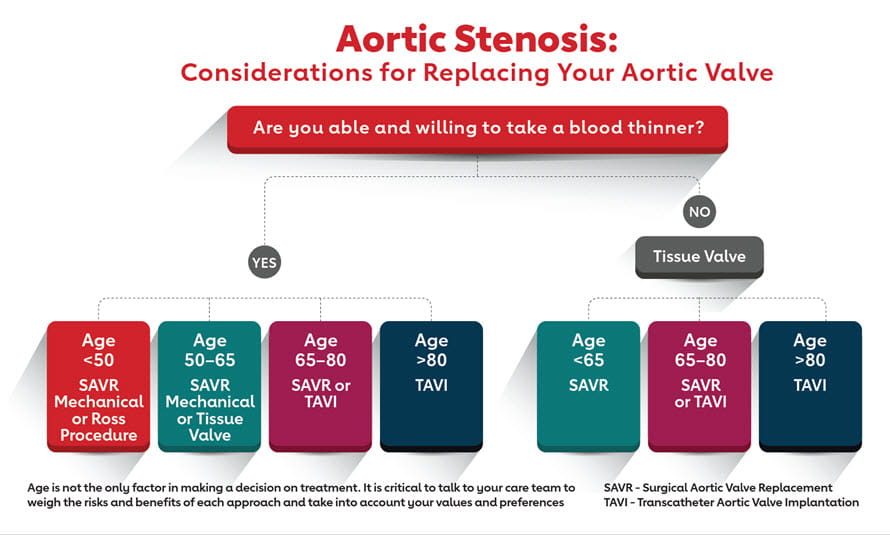Transcatheter Aortic Valve Replacement (TAVR)
 The Riverside Heart & Vascular Institute strives to provide the most advanced and effective methods to treat Heart Valve Disease.
The Riverside Heart & Vascular Institute strives to provide the most advanced and effective methods to treat Heart Valve Disease.
Our multi-disciplinary team of cardiac specialists, led by Dr. Vikas Patel, provides advanced medical and surgical care for heart valve disease, including minimally invasive procedures such as TAVR, which enables valve repair without open heart surgery.
To request an appointment close to home, call (815) 471-9831 or fill out our quick form.
What is a TAVR Procedure?
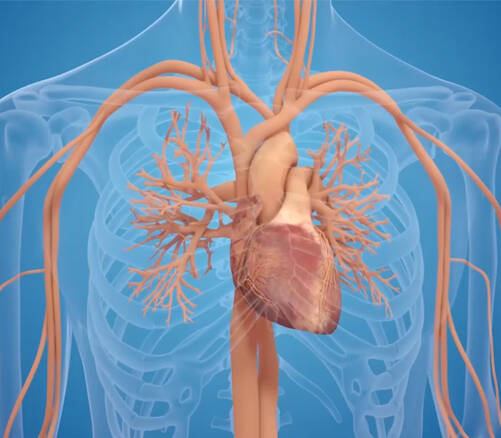
Transcatheter Aortic Valve Replacement
TAVR is a minimally invasive procedure to replace the aortic valve in patients with severe aortic stenosis. TAVR is less invasive than open heart surgery, and the procedure typically takes one to two hours. Your care team will determine if you should have a mild sedative or general anesthesia.
Watch the VideoAt the start of the procedure, your doctor will make a small cut in the groin, the neck, or a space between your ribs.
The doctor will guide a thin, flexible tube with the heart valve into your artery and your diseased valve. Throughout the procedure, your doctor will be viewing images of your heart
The TAVR heart valve will be placed in your diseased valve. Your new valve will work immediately. Your doctor will remove the tube and close the incision.
What does the TAVR Valve look like?
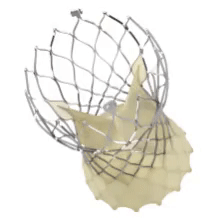 The metal frame is a blend of nickel and titanium. This material allows the frame to shape itself to your anatomy.
The metal frame is a blend of nickel and titanium. This material allows the frame to shape itself to your anatomy.
The valves come in different sizes, allowing your doctor to decide which valve would be best for you.
TAVR Procedure Recovery
Before TAVR, a deteriorated aortic valve treatment required open-heart surgery, which could carry significant risk, and patients would experience a lengthy recovery period. With TAVR, patients are awake, talking and moving — often within 20 minutes following the procedure, which makes recovery periods and hospital stays much shorter.
Here is a breakdown of the recovery process in the hospital:
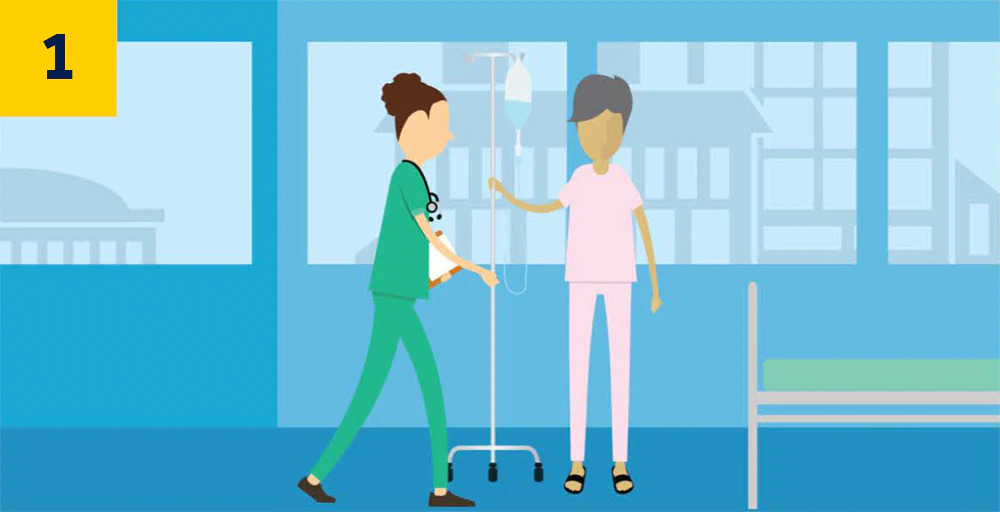
After your procedure, you may spend a day or more in the intensive care unit (ICU) and another day or two in a patient room. Most patients begin walking within a day of their procedure.
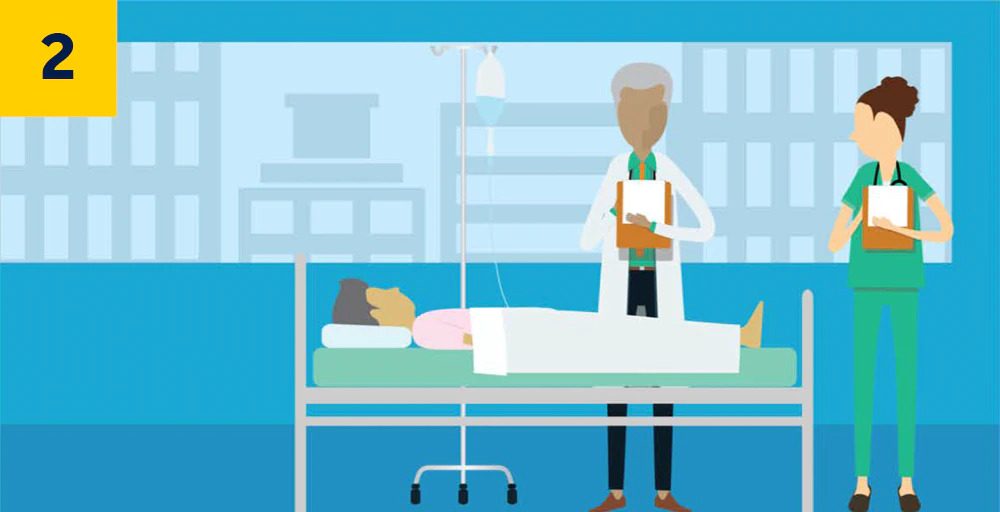
Before you leave the hospital, your doctor will explain what activities you can do, if you need to take medication, and when you will need to see your doctor again. You will also be given an information card about your new TAVR heart valve.

Keep your TAVR valve information card with you at all times
Share this card with your family members and all members of your healthcare team, including your dentist. If you need an MRI, tell your doctor that you have a TAVR heart valve.
What to expect after your TAVR Surgery
Most patients report they start feeling better right away, but it can take a little longer for others. Many TAVR patients report benefits such as:
- Having more energy
- Being able to do everyday activities
- Breathing normally
- Experiencing less pain
- Feeling less anxious
Follow-up Visits After the TAVR Procedure
You will be asked to return to the clinic to have your heart valve checked at 30 days and one year after your TAVR procedure, and as recommended by your physician.
If you have concerns, discomfort, or changes in your health, be sure to inform your doctor immediately.
Who is a good candidate for this type of valve procedure?
Patients who are not surgical candidates — or are deemed at high or intermediate risk for surgery — are often good candidates for TAVR.
TAVR can be an effective option to improve the quality of life in patients with limited choices for repairing their aortic valve.

Meet Our Team
Riverside's nationally recognized physicians specialize in the prevention, detection
